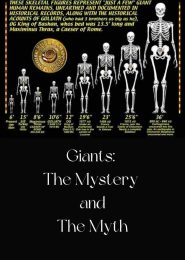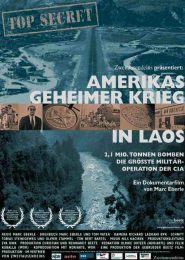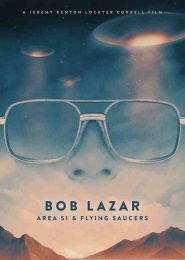The Mystery of the Cocaine Mummies (1996)
The 1996 documentary, The Mystery of the Cocaine Mummies, dives into a mystery that bridges ancient Egypt and the Americas. Let’s unwrap this fascinating tale.
In the heart of Munich’s museum, a mummy undergoes routine tests. But what the scientists discover is anything but ordinary: high levels of nicotine and cocaine. These substances, originating from the Americas, should not have been present in ancient Egyptian dynasties. Yet here they are, challenging established chronology.
Dr. Svetla Balabanova, a renowned toxicologist, meticulously examines the mummies. Instead of the anticipated Lotus flower remnants (which were believed to have psychedelic properties), she uncovers an abundance of nicotine and cocaine. These drugs, derived from tobacco and coca plants, were exclusive to the Americas and remained unknown until Columbus’s fateful voyage.
The implications are staggering. Could there have been pre-Columbian trade routes connecting Egypt and South America? The scientific community recoils. Oxford University and others vehemently deny the findings. After all, this revelation suggests contact between these distant lands before Columbus’s arrival—an impossibility according to conventional wisdom.
Interestingly, nicotine had been detected earlier in the mummified remains of Pharaoh Ramses II, conveniently overlooked by Egyptologists. The truth, it seems, can be inconvenient.
The documentary raises questions that reverberate through time: Were the mummies authentic, or elaborate forgeries? Did ancient Egyptians indeed partake in these exotic substances? And could hidden connections exist, defying the boundaries of accepted history?
As we peer into the past, the Cocaine Mummies beckon us—a tantalizing mystery that challenges our understanding of ancient civilizations and their secrets. Perhaps, amidst the sands and hieroglyphs, lies a forgotten chapter—one where trade winds whispered secrets across oceans, and mummies held more than just memories




